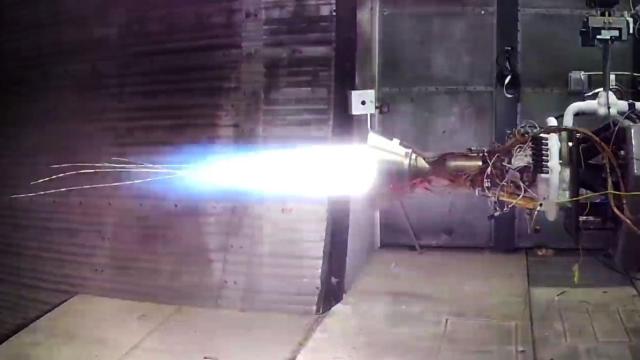Last summer, Astra’s Rocket 3.3 came crashing down after failing to reach orbit and deliver a pair of shoe-box sized satellites. Following a six-month investigation, the California-based startup identified the culprit: fuel injector blockage that resulted in combustion chamber burn-through.
Astra announced the conclusions from the investigation on Wednesday after receiving a formal closure letter from the Federal Aviation Administration.
Astra’s Launch Vehicle 0010 blasted off from Cape Canaveral, Florida on June 12, carrying NASA’s TROPICS cubesats on board. About four minutes after the rocket’s second stage fired its engine, it exhausted its fuel supply and was only able to reach about 80% of the required orbital velocity, according to Astra.
The investigation further revealed that this was due to a blockage of the fuel injector, which caused burn-through of the combustion chamber wall. Rockets need an internal cooling system to prevent the combustion gases from getting too hot and melting the chamber wall. This particular rocket used a regenerative cooling system whereby the fuel is routed through different cooling channels embedded within the combustion chamber wall, Astra wrote in its statement. Essentially, the rocket’s cooling system failed to perform its duties during the June launch.
The company conducted further tests to figure out the temperature of the fuel during flight and found that external factors “like the warm sunny weather in Cape Canaveral on the day of launch,” resulted in fuel that was slightly warmer than usual, and this “helped to tip the fuel over into a boiling regime on the TROPICS-1 mission,” Astra wrote. But still, the fuel was already within thin margins of its boiling point because Rocket 3.3 operates at low pressure, and the kerosene-like fuel selected for the launch had a higher vapour level than other types of fuel.
This wasn’t the first time Astra’s Rocket 3 line malfunctioned. In February 2022, the rocket failed to deliver four tiny satellites for NASA’s Educational Launch of Nanosatellites (ELaNa) initiative. In 2020, an Astra Rocket 3.1 failed and exploded at the Pacific Spaceport Complex in Kodiak, Alaska. In fact, the Rocket 3 line has failed five times out of seven launches, according to SpaceNews.
Following the failure of the TROPICS-1 mission in June, Astra decided to halt the production of its Rocket 3 line and instead focus on the next version of its launch system. The company added that it will take the lessons learned from the launch failure in order to inform the design of its Rocket 4.0 system. But NASA is not waiting around, the space agency has turned to Rocket Lab to launch its TROPICS cubesats instead.
Astra was looking to get in on the business of launching small satellites to space, but the company (which was founded in 2016) has already had a rough start. Hopefully the company can make a comeback with its Rocket 4.0, which was developed with the errors of its predecessor in mind.
